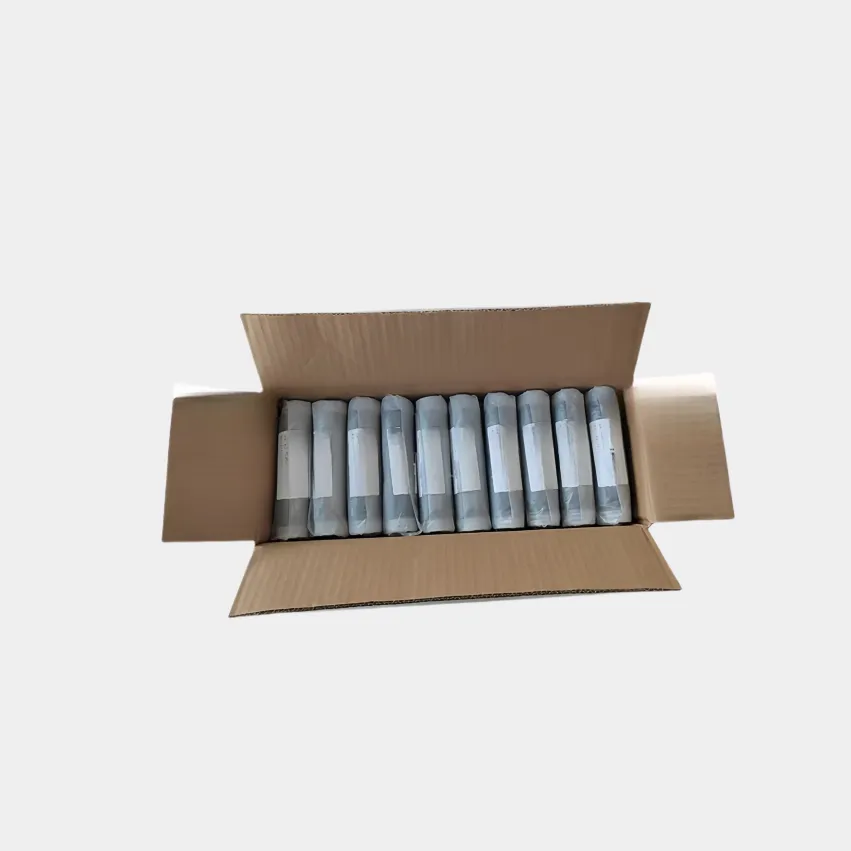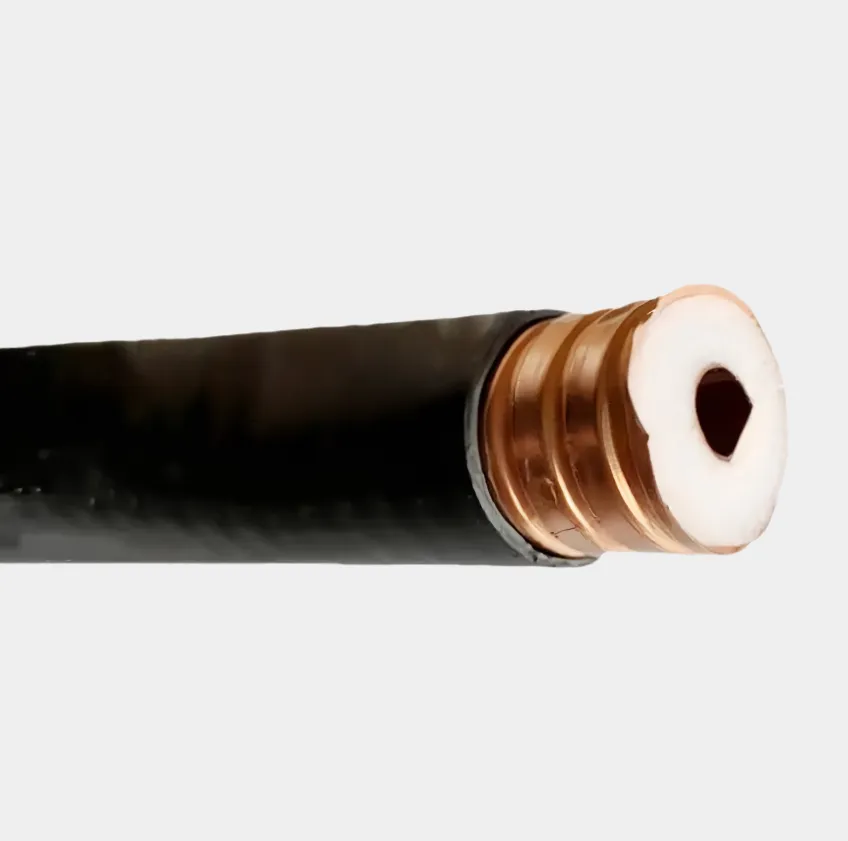Coaxial cables and connectors form an integrated system critical for maintaining signal integrity in high frequency communication networks. The synergy between them directly impacts transmission efficiency, as even a high quality cable paired with a mismatched connector can cause significant signal loss. Coaxial cables, characterized by their concentric layers (center conductor, dielectric, shielding, and jacket), require connectors designed to match their impedance typically 50 ohms for data/wireless systems or 75 ohms for video/cable TV. Common connector types include N type, ideal for 5G base stations due to their weather resistance and high frequency support (up to 18 GHz); SMA, used in small form factor devices like routers for precise coupling; and F type, prevalent in residential cable systems for cost effectiveness. Proper termination is paramount: connectors must be crimped or screwed on with exact precision to avoid gaps in shielding, which invite electromagnetic interference (EMI). For example, Hebei Mailing’s KC97 5G feeder cables, when paired with their compatible N type connectors, ensure impedance continuity, minimizing voltage standing wave ratio (VSWR) and maximizing power transfer. Additionally, environmental factors dictate connector selection outdoor applications demand waterproof connectors with O rings, while indoor use may prioritize quick connect designs. Regular inspection of the cable connector interface for corrosion or looseness is essential, as degradation here is a leading cause of network downtime. Understanding the interplay between cable gauge (e.g., 1/2 inch vs. 7/8 inch) and connector size ensures mechanical stability, preventing strain that could disrupt the signal path. In summary, the coaxial cable connector system is a balancing act of impedance matching, mechanical compatibility, and environmental resilience, each component relying on the other to deliver reliable high frequency transmission.


